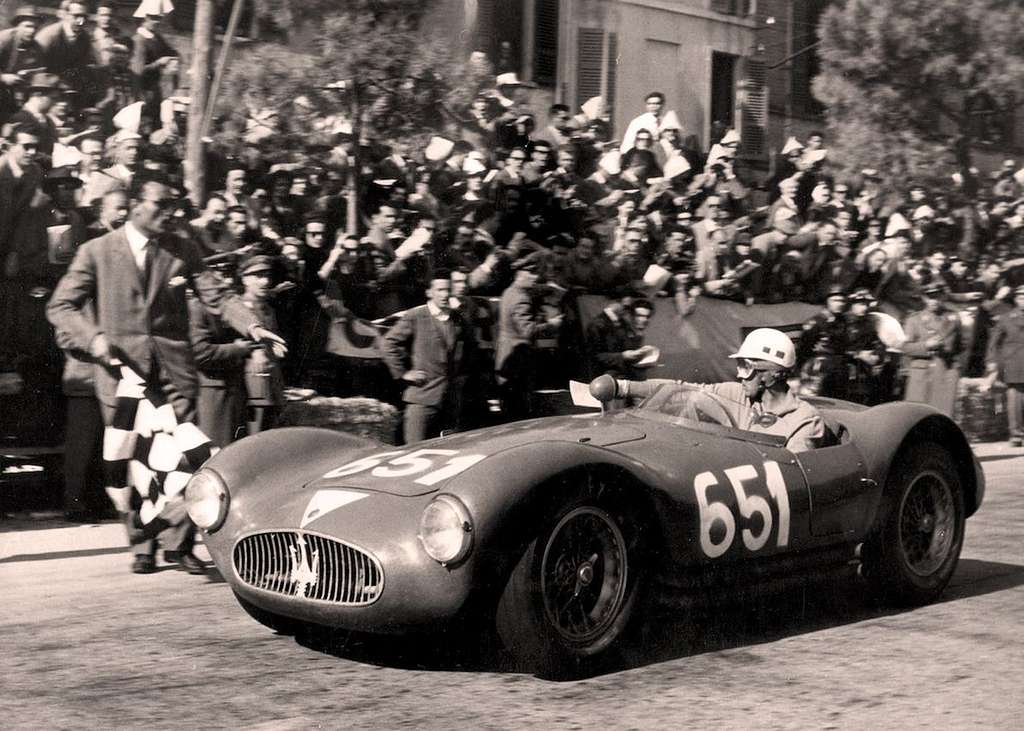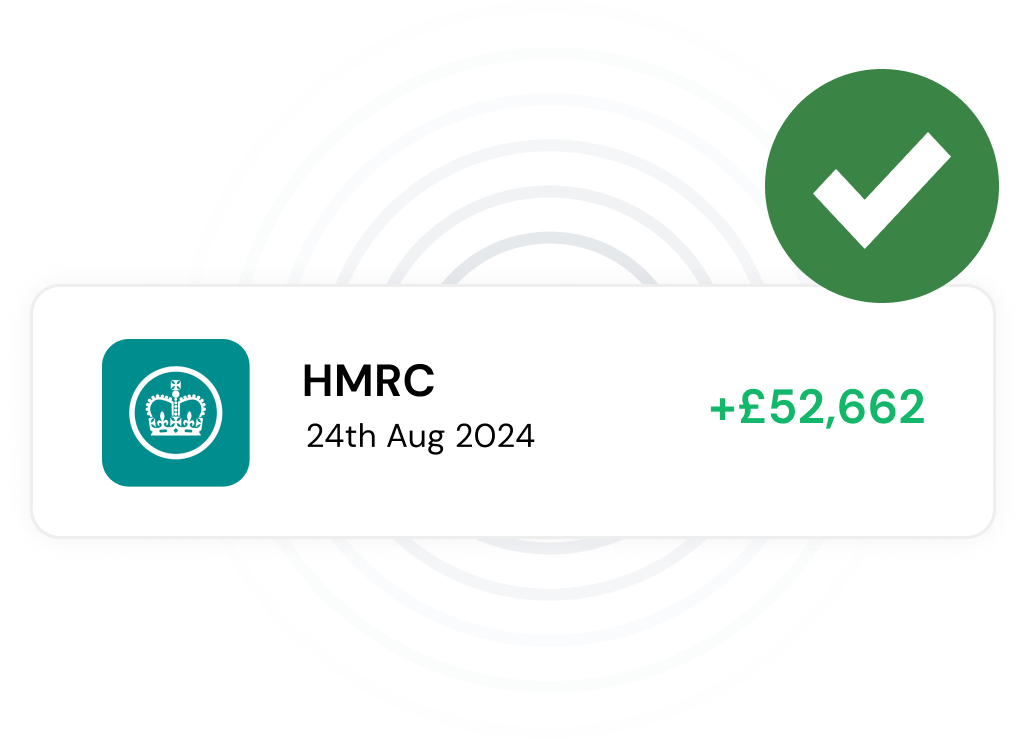
Reviving a Maserati A6GCS
Some machines are more than just vehicles - they are history in motion. The Maserati A6GCS, built in the 1950s, is one of those machines. Here is the story of how one was brought back to life...
Some machines are more than just vehicles - they are history in motion. The Maserati A6GCS, built in the 1950s, is one of those machines. Every part of its engine tells a story, each component a relic from a golden age of motorsport. But time had taken its toll. The engine was tired, worn and in desperate need of restoration - not just to run again, but to race.
Reverse engineering a lost design
Restoring a historic engine like this is unlike working on a modern car. Spare parts don’t exist. The original manufacturing methods are long outdated. And even the best engineers don’t have a step-by-step guide to follow. The only way forward was through reverse engineering, meticulously analysing the original components and rebuilding them from scratch.
The first challenge was replicating the original pistons, camshafts and crankshafts. They had to be identical in form but improved in function. The old designs, crafted in the 1950s, lacked the precision of modern engineering. The team saw an opportunity - not just to recreate, but to enhance. Through months of prototyping and testing, they developed new components that reduced rotating mass, allowing the engine to rev higher and produce more power than ever before.
Date
2023
Sector
Engineering
Upgrading the oil system and mechanical performance
Then came the oil system, a vital part of any racing engine. The Maserati’s original system was outdated, struggling to distribute oil efficiently under the intense demands of high-performance racing. The engineers reimagined it, designing custom components that integrated modern oil lines with the old system. But nothing was straightforward. Every new part had to be tested, refined and reworked to ensure it didn’t just fit - but performed.
On the flow bench, they measured air and fluid dynamics. Under Magnaflux testing, they searched for invisible cracks that could spell disaster on the track. And finally, on the dynamometer, they pushed the engine to its limits, fine-tuning its performance until it was more powerful, more reliable and more race-ready than ever before.
.jpg)
The results: A high-performance, race-ready Maserati A6GCS engine
The result was nothing short of remarkable. A piece of history had been brought back to life - not as a museum piece, but as a genuine racing machine. Thanks to QLC’s expertise in securing R&D tax credits, the entire process qualified as research and development, unlocking vital funding to continue restoring and enhancing classic engines.
The role of R&D tax credits
This project wasn’t just about keeping an old car running. It was about engineering the past into the future, preserving history while pushing performance beyond what was ever thought possible. The Maserati A6GCS would race again - not as a relic, but as a testament to the power of innovation.

What we do
We help businesses like yours claim R&D tax relief faster and with less hassle.
QLC are R&D tax credit specialists. We’re an experienced team of chartered accountants, sector specialists and tax advisors, based in the heart of Marylebone, London.
We help businesses claim R&D tax credits and R&D tax relief faster and with less hassle.
